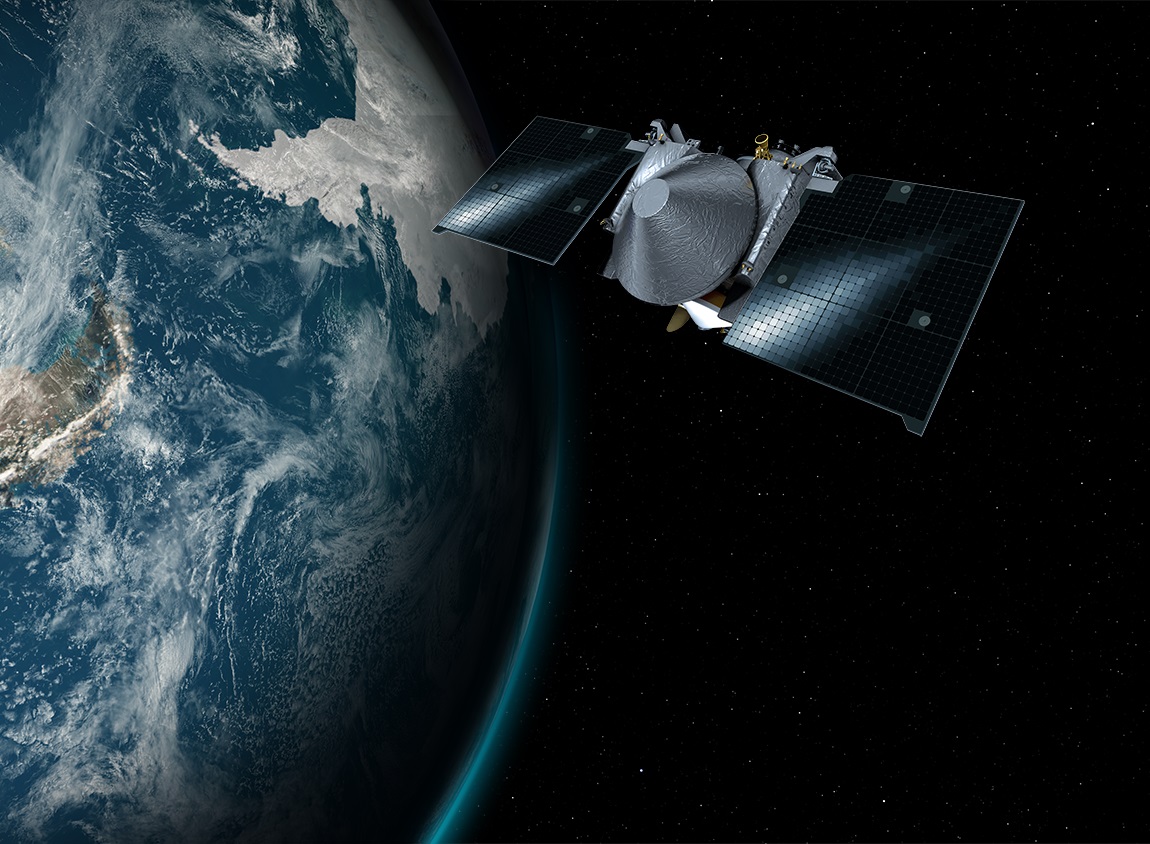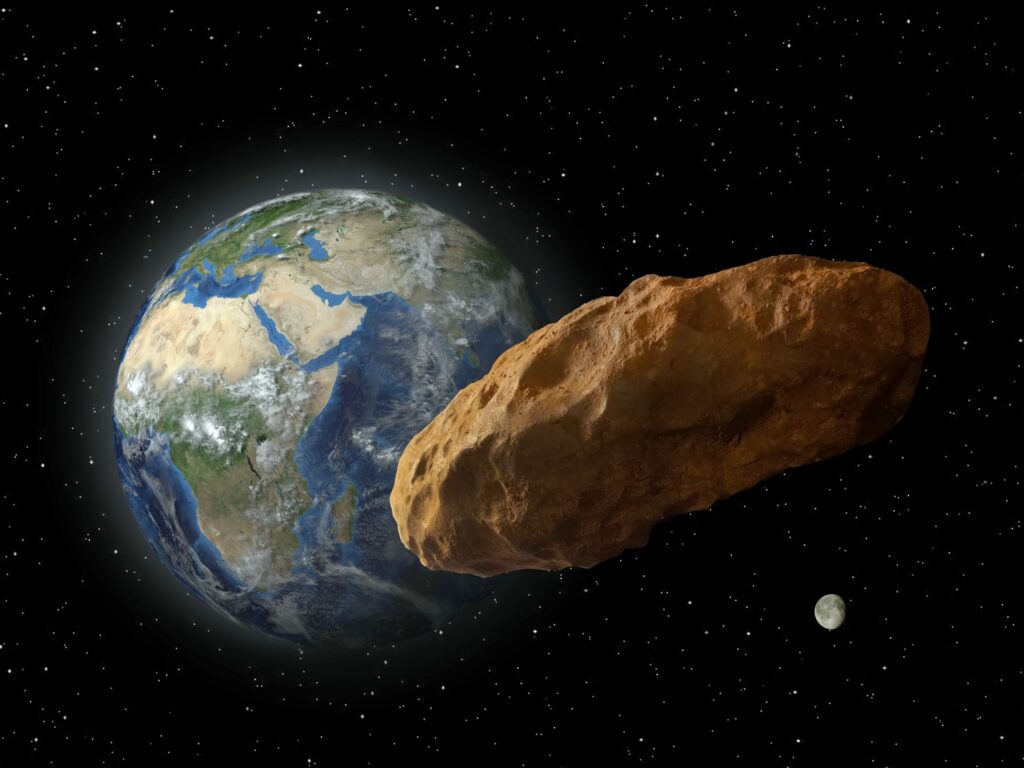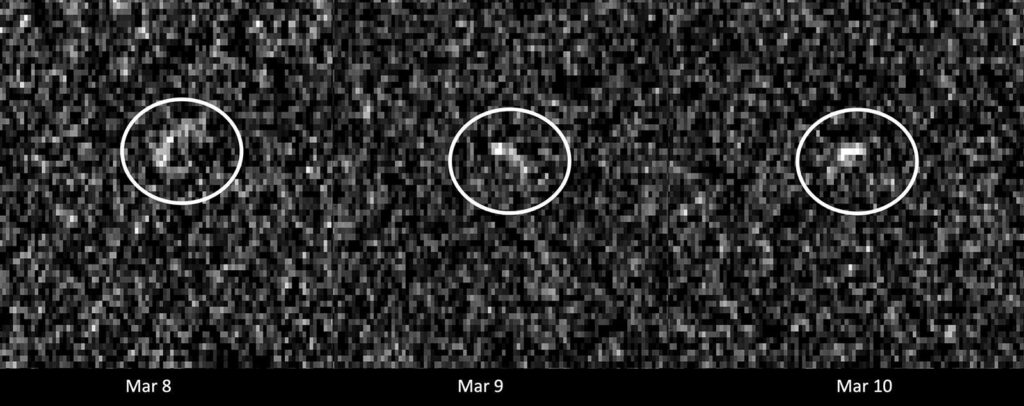NASA has approved the plan for the expanded OSIRIS-REx mission. Along with it, the spacecraft received a new name. Now its official name is OSIRIS-APEX (Origins, Spectral Interpretation, Resource Identification, and Security – Apophis Explorer).
History of OSIRIS-REx
OSIRIS-REx was launched in 2016 to explore the asteroid Bennu. The spacecraft studied the small body in the period from 2019 to 2021, after which it set off on a return course to Earth. In September 2023, the probe dropped a capsule with samples of the substance it had collected on Bennu. It made a successful landing, and its contents are currently being studied by scientists.

But the mission of the spacecraft did not end there. Since there are quite large fuel reserves on board and its systems are operating normally, NASA has decided to send the probe to a new celestial body. After studying the possible options, which included Venus and various comets, it was decided to make its next target the asteroid Apophis.
Asteroid Apophis
Apophis was discovered in 2004. Its diameter is about 340 meters. On April 13, 2029, it will make an extremely close flyby of the Earth, passing at a distance of 32 thousand kilometers from its surface (i.e., inside the orbits of geostationary satellites). At this time, it will be possible to see it in the sky with the naked eye.

This approach will change the orbit of Apophis. In addition, the gravity of our planet can have an impact on the asteroid. According to astronomers, landslides and emissions of matter may occur on it. Therefore, ground-based telescopes will closely monitor the asteroid’s visit. But still, the spacecraft will be able to provide the best data.
Extended Mission
To get to Apophis, OSIRIS-APEX will need to perform a series of six approaches to the Sun (during the passage of the perigee, the vehicle will be located at a distance of 75 million km from the surface of the luminary) and three gravitational maneuvers in the vicinity of the Earth. This will allow it to catch up with Apophis by the spring of 2029. OSIRIS-APEX will begin photo shooting the asteroid on April 2, 2029, and on April 13 (i.e., on the day of the Earth flyby), it will come close to it.

The extended mission of the spacecraft is designed to last 18 months. OSIRIS-APEX will map the asteroid and study its composition. Unfortunately, the spacecraft will not be able to take a sample of its soil. Instead, OSIRIS-APEX will come very close to the asteroid, after which it will activate its engines. According to scientists, this will blow away the regolith layer from its surface and expose deeper layers.
According to https://www.nasa.gov
Follow us on Twitter to get the most interesting space news in time
https://twitter.com/ust_magazine


